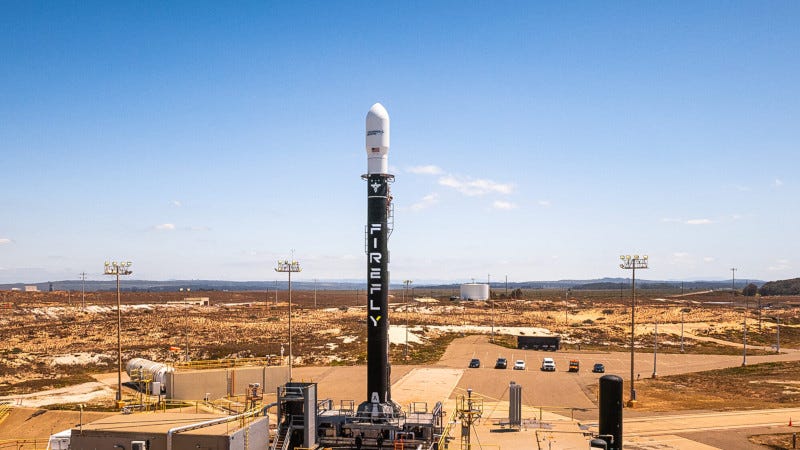Firefly Alpha Rocket Suffers Launch Anomaly
Lockheed Martin LM 400 Tech Demo Payload Lost
The Firefly Alpha rocket carrying a demonstration payload for Lockheed Martin experienced an anomaly during launch Tuesday from Vandenberg Space Force Base in California, resulting in the loss of the payload, Lockheed Martin’s LM 400 tech demo with a goal to prove out the risk-reduction and pathfinding efforts the company has done for its multi-mission …
Keep reading with a 7-day free trial
Subscribe to The Journal of Space Commerce to keep reading this post and get 7 days of free access to the full post archives.



